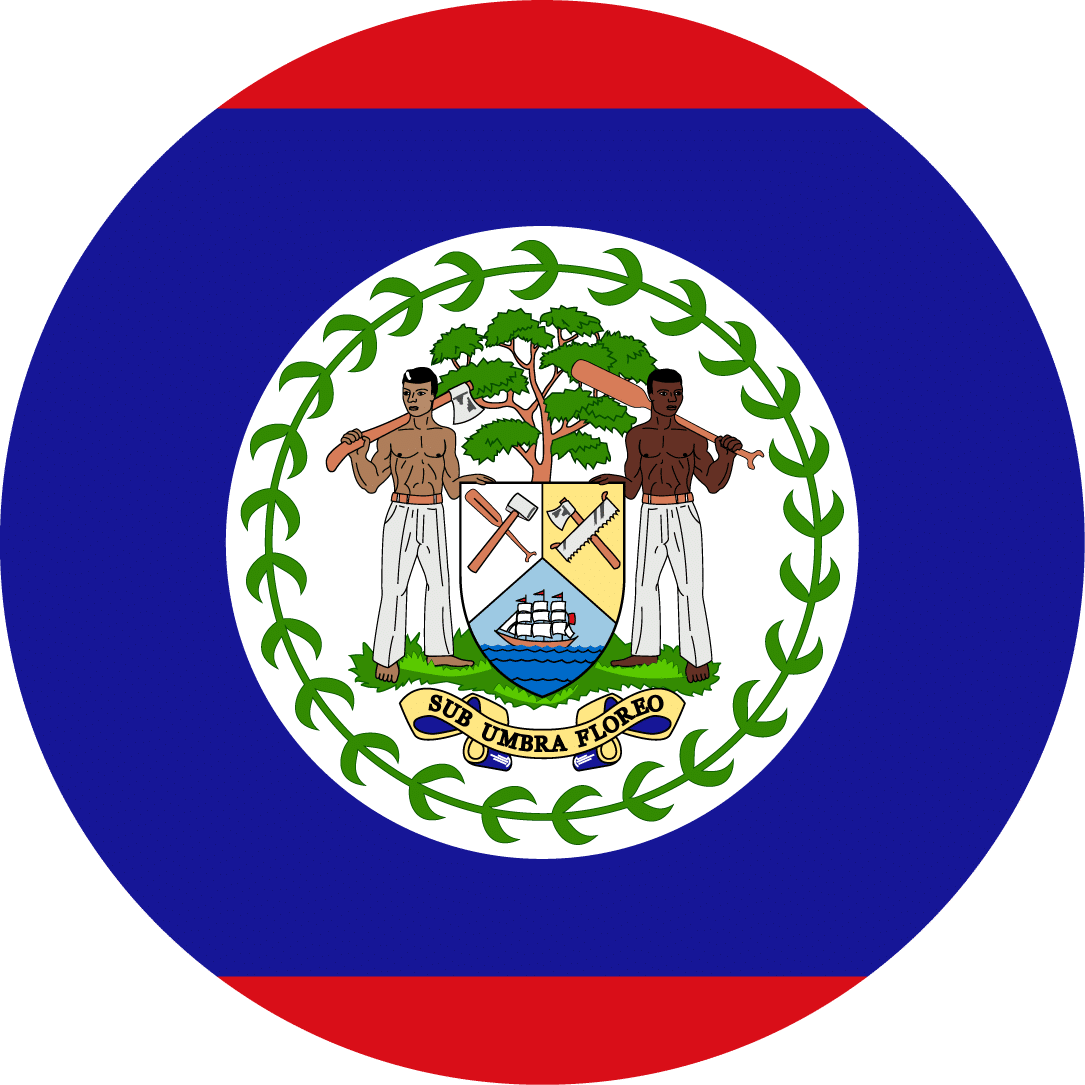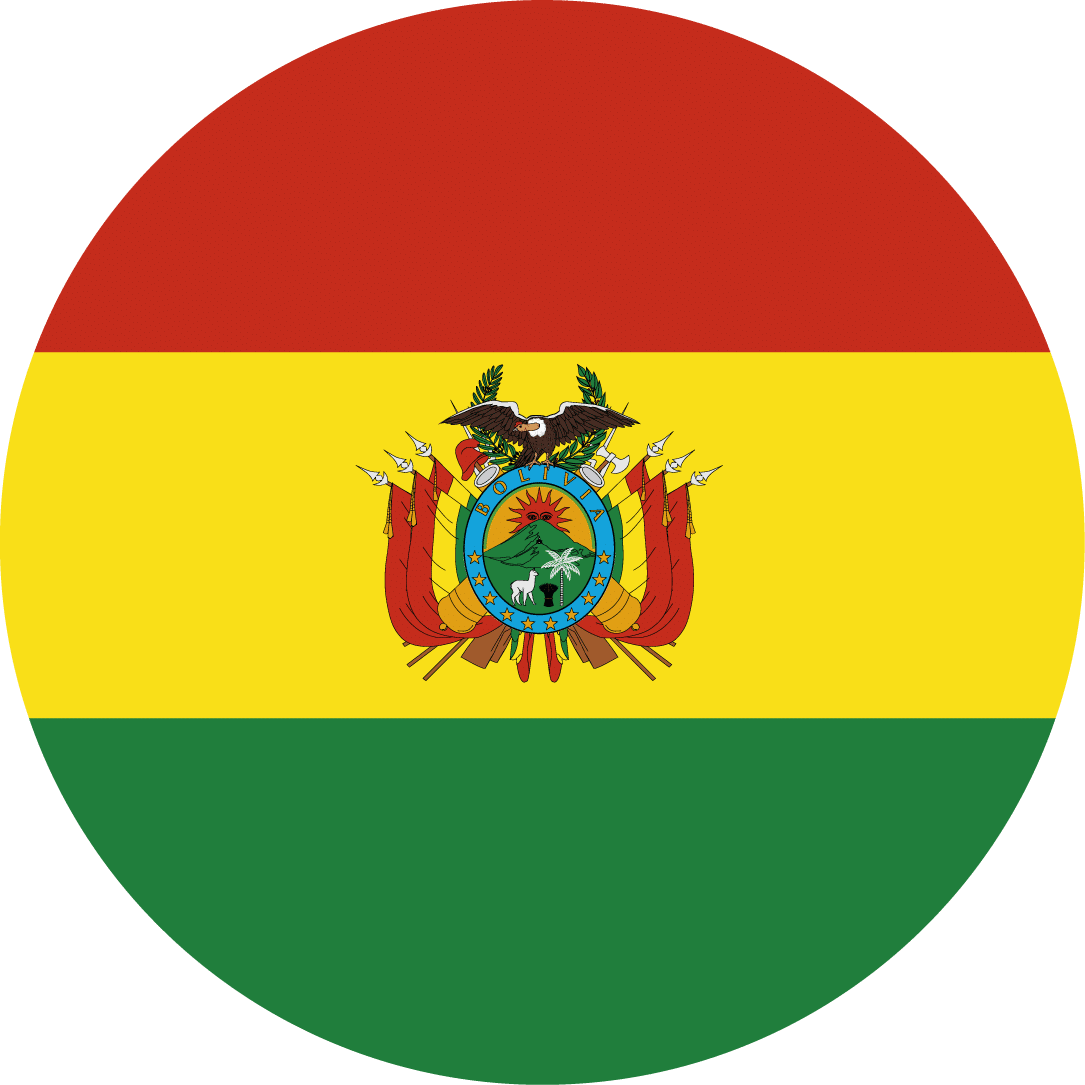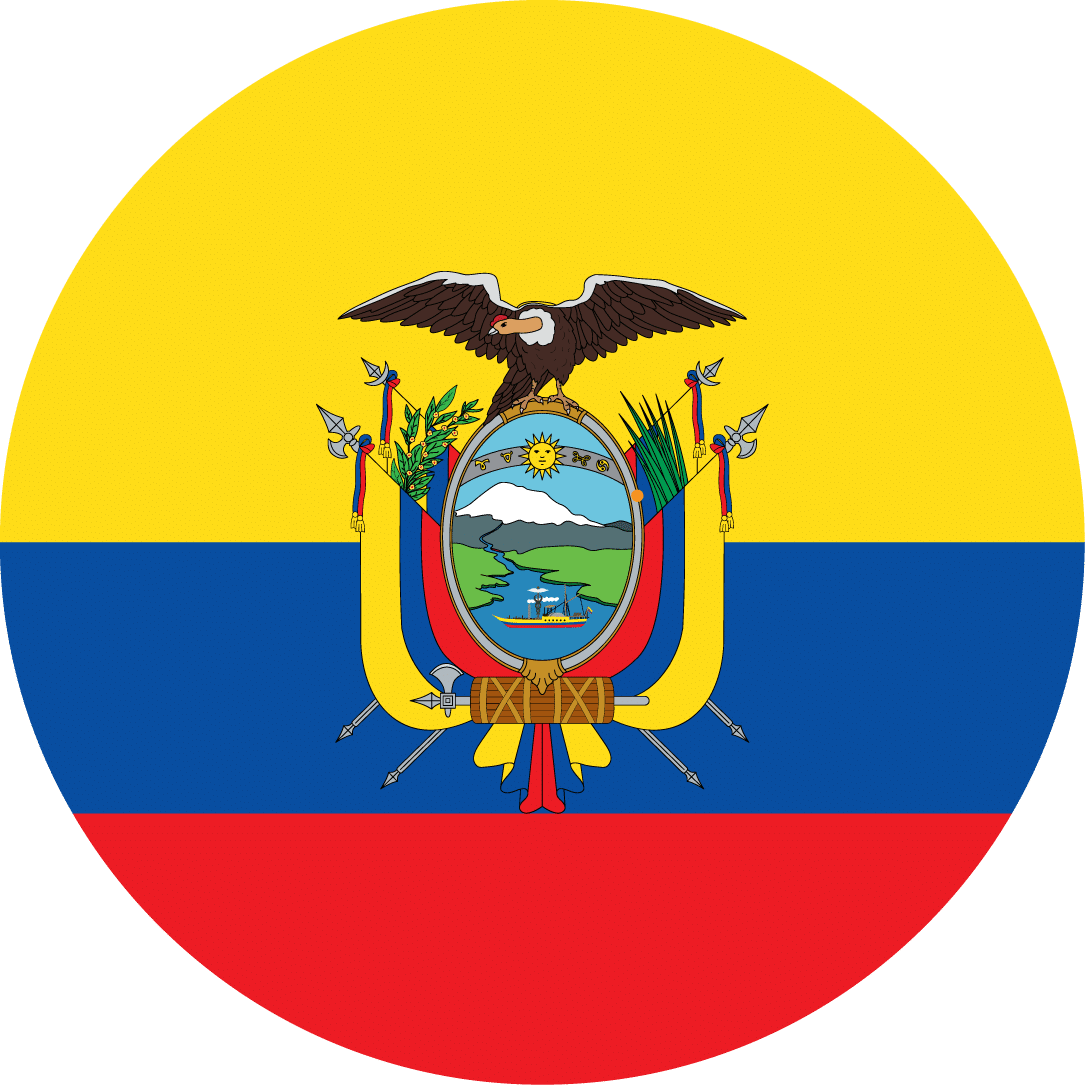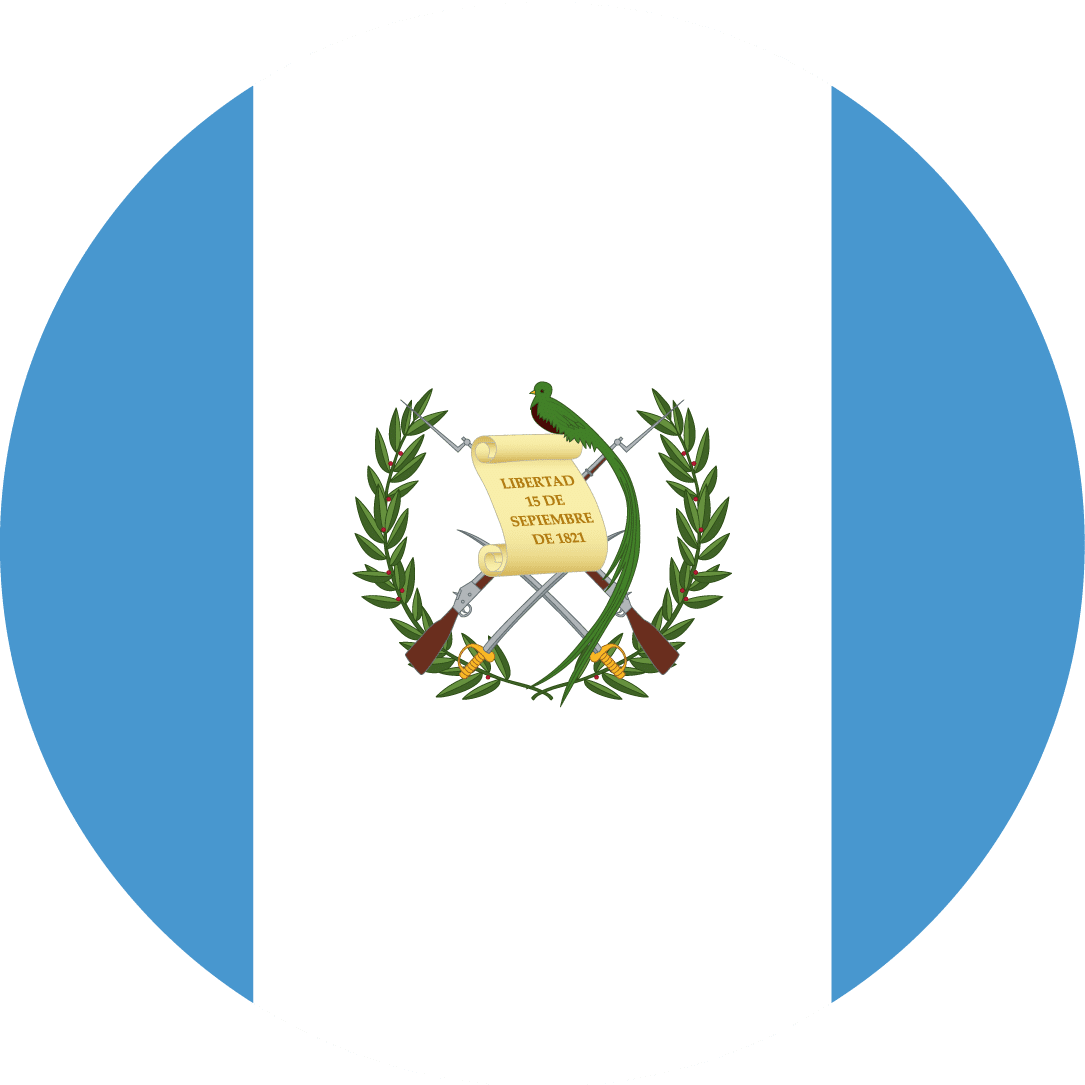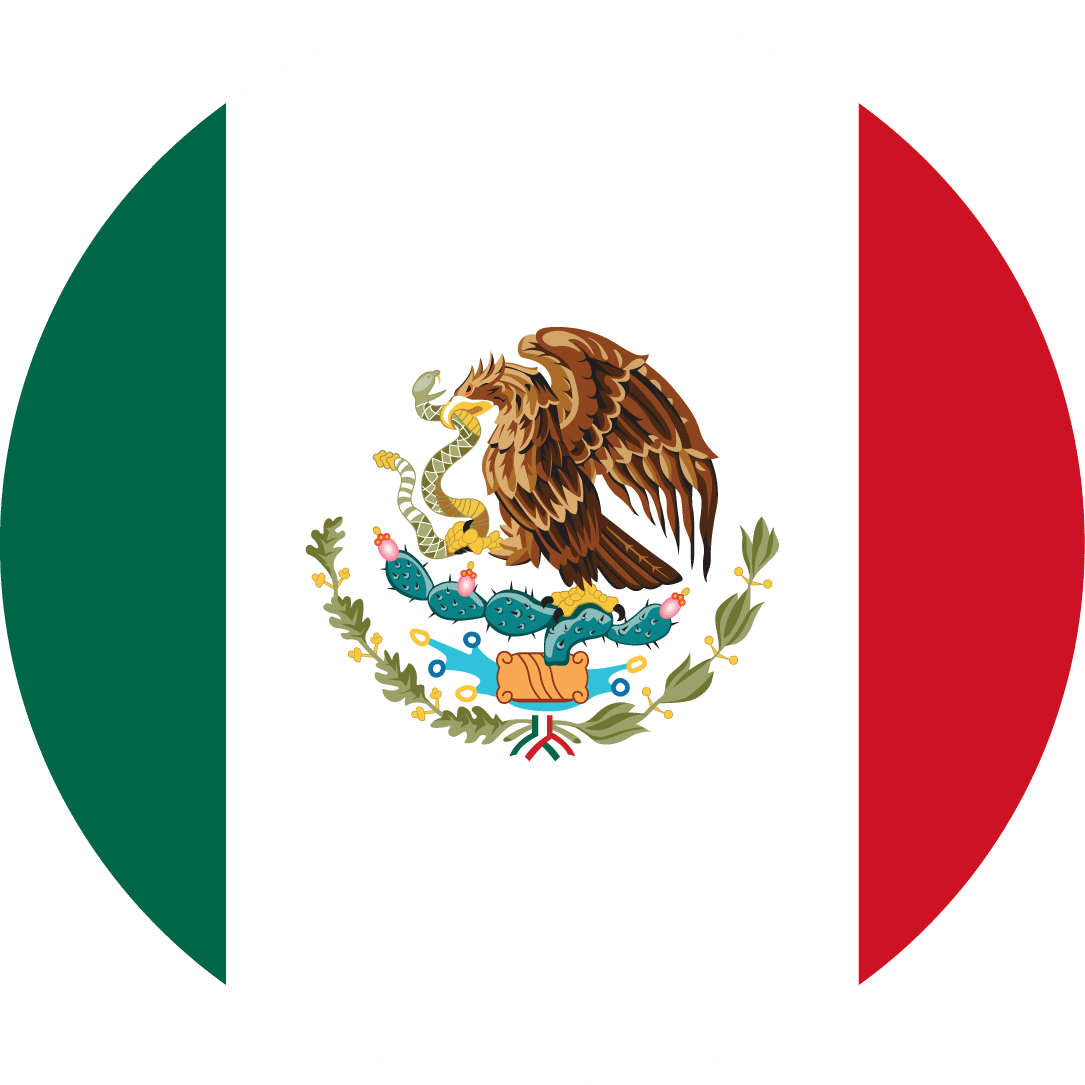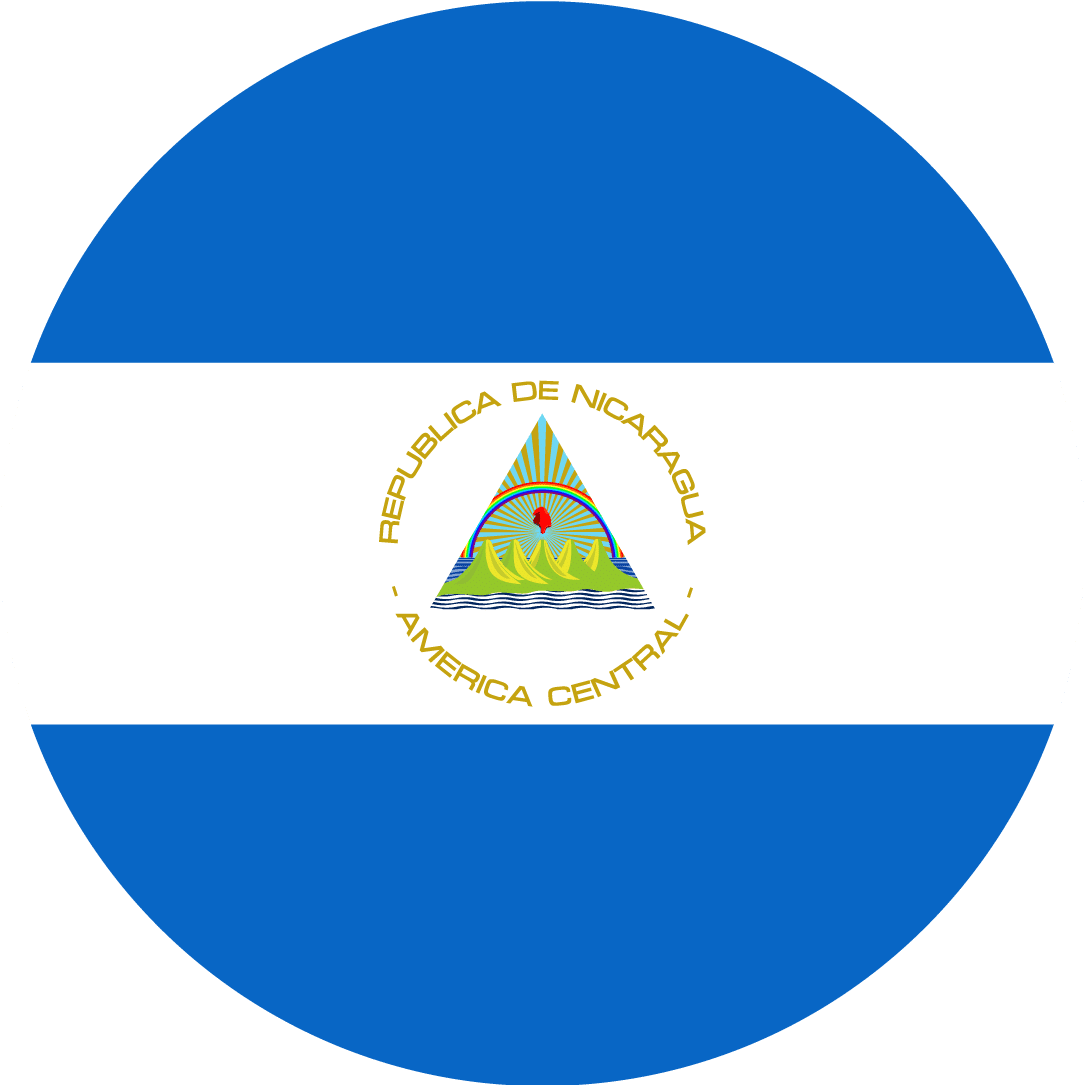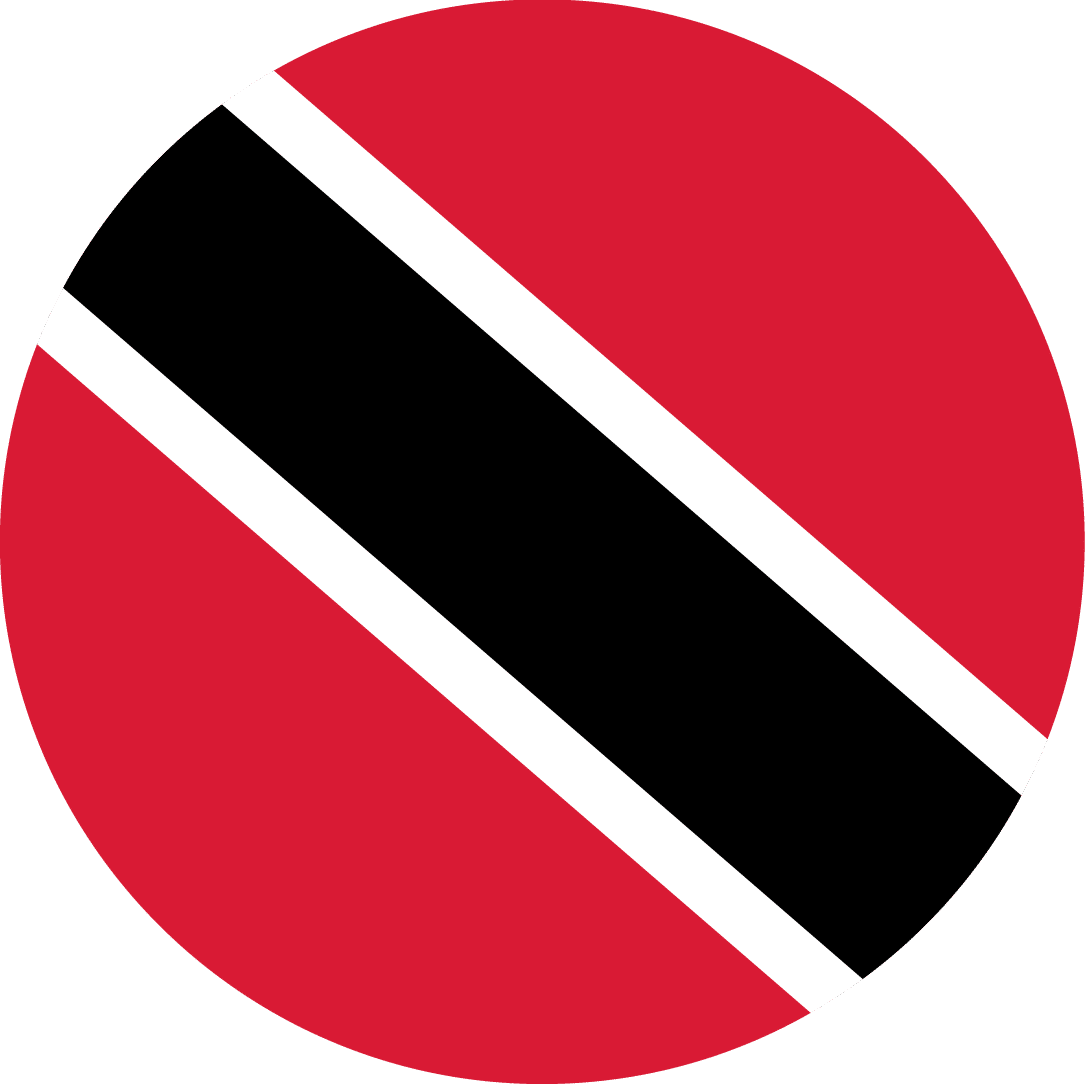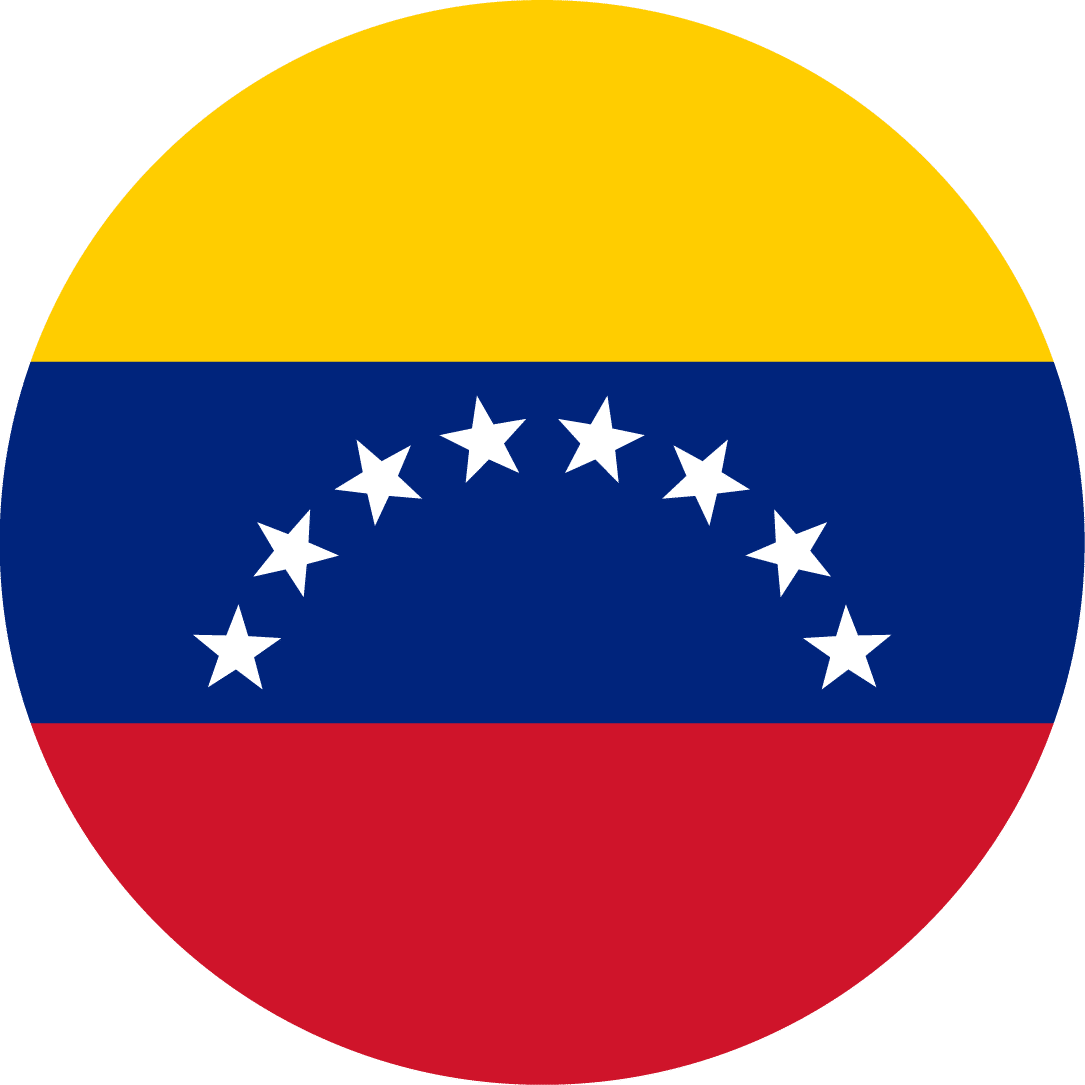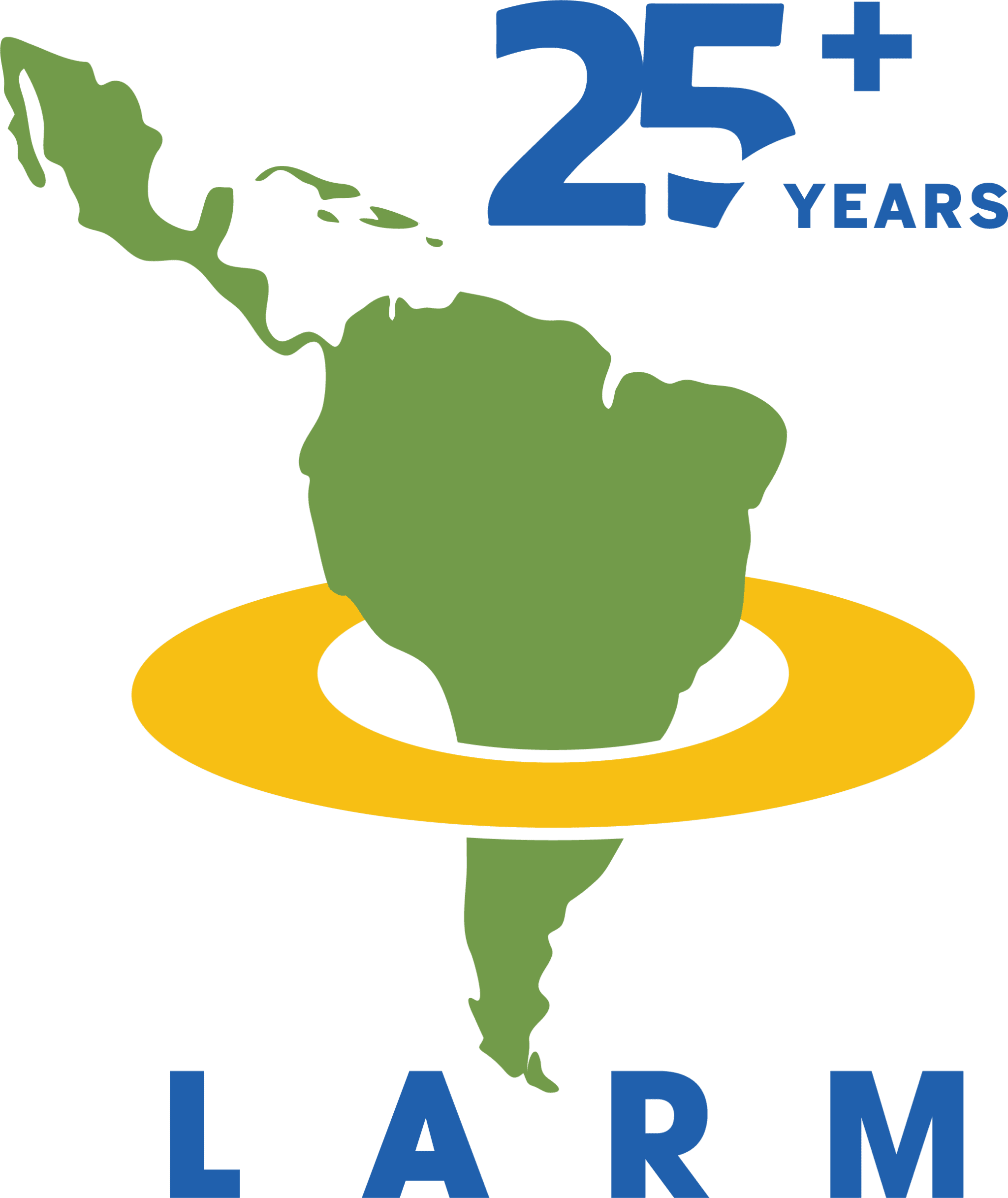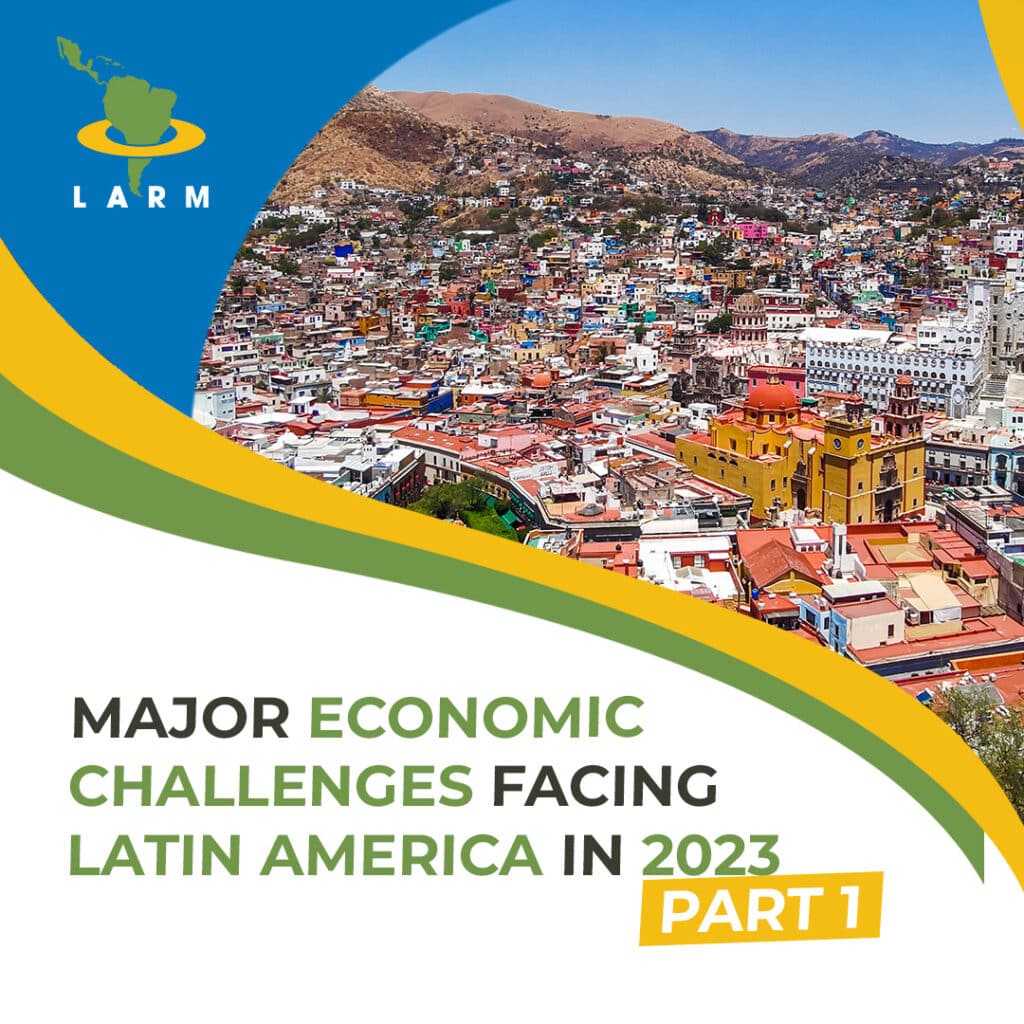
The economic cycles of Latin America (LATAM) are highly vulnerable to changes in global economic trends, and the expected slowdown in 2023 is likely to have a significant impact on this region.
In addition, LATAM faces six major challenges this year that require increased attention, including socio-economic inequality, political instability, climate change, dis(inflation), job recovery, and post-pandemic slow economic growth.
- Socio-economic Inequality
Latin America and the Caribbean are in a state of low growth and high inequality. Despite improvements over the years, it continues to be the second most unequal region worldwide (after Africa) — with countries having higher income inequality than those in other regions at similar development levels.
In LATAM, the wealthiest represent 10% (or less) of a country’s population and control nearly 54% of the national income. More so, according to a report from the UN Economic Commission for the region ECLAC, 200 million people live in poverty, with 82 million in extreme poverty.
As a result, cities and towns are highly segregated by income, and the gap between the high and low classes is wider than ever, a phenomenon that affects how people interact and extends to education, healthcare, urbanization, and many other societal facets.

- Political Instability
Waves of protests and social unrest due to the socio-economic landscape cause severe political instability in the region, and many Latin American countries are going through moments of high political polarization:
- In Brazil, the Bolsonarista sector was on the roads, rising against the triumph of Luiz Inácio Lula da Silva (the current President.)
- In December 2022, Pedro Castillo, former President of Peru, was removed from office and imprisoned, and his vice-president Diana Boluarte took his place. There were marches all over the country that left fatal victims.
- In Bolivia, Luis Fernando Camacho, governor of the country’s wealthiest region (Santa Cruz de la Sierra), was recently imprisoned and accused of organizing a “coup d’état” against former president Evo Morales in 2019.
- In El Salvador, President Nayib Bukele’s war against gangs continues.
- On January 11, 2023, Chile’s Congress passed a bill to start a new constitution-making process.
- Last year, violent protests against the economic policies of Ecuador’s President Guillermo Lasso paralyzed the country’s capital and other regions.
- Mexico’s year has started with significant events that will shape its future, including electoral reform, corruption scandals, personnel renewal within the Supreme Court, attacks on the National Electoral Institute, and regional elections before the 2024 presidential elections.
- This year, there will be presidential elections in Guatemala, Argentina, and Paraguay.
- Climate Change
Climate change is already devastatingly affecting the region, with temperatures increasing faster than they have historically. In addition, extreme weather events, such as floods and droughts, are also causing immense destruction and contributing to slow economic growth and inflation.
A recent Moody’s Analytics report suggested that without new policies to mitigate its effects, climate change could reduce Latin America’s GDP by as much as 20% by the end of this century.
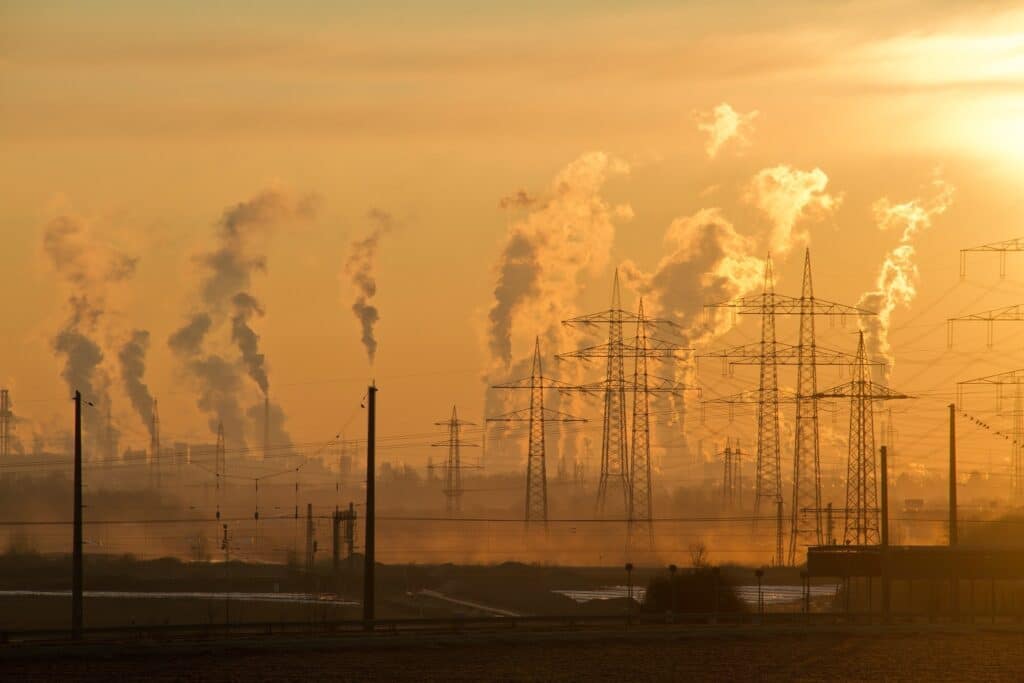
Stay tuned for the second part of this article, which will focus on the three other major dilemmas confronting Latin America in 2023: dis(inflation), job recovery, and post-pandemic slow economic growth.
LARM’s relocation specialists are aware of the Latin American landscape and how it affects the relocation and mobility industry. As a result, our local teams are equipped with all the necessary resources to help expats navigate the region by prioritizing safety and health.
We work with companies to cover employees’ needs and wants through relocation services ranging from settling-in assistance and home finding to orientation services and cross-cultural training.
Furthermore, our destination support includes extensive security protocols, home finding in only pre-vetted areas, sourcing the best schools in the region, ‘dos’ and ‘don’ts’ for each country and location, local emergency contacts, and more.
